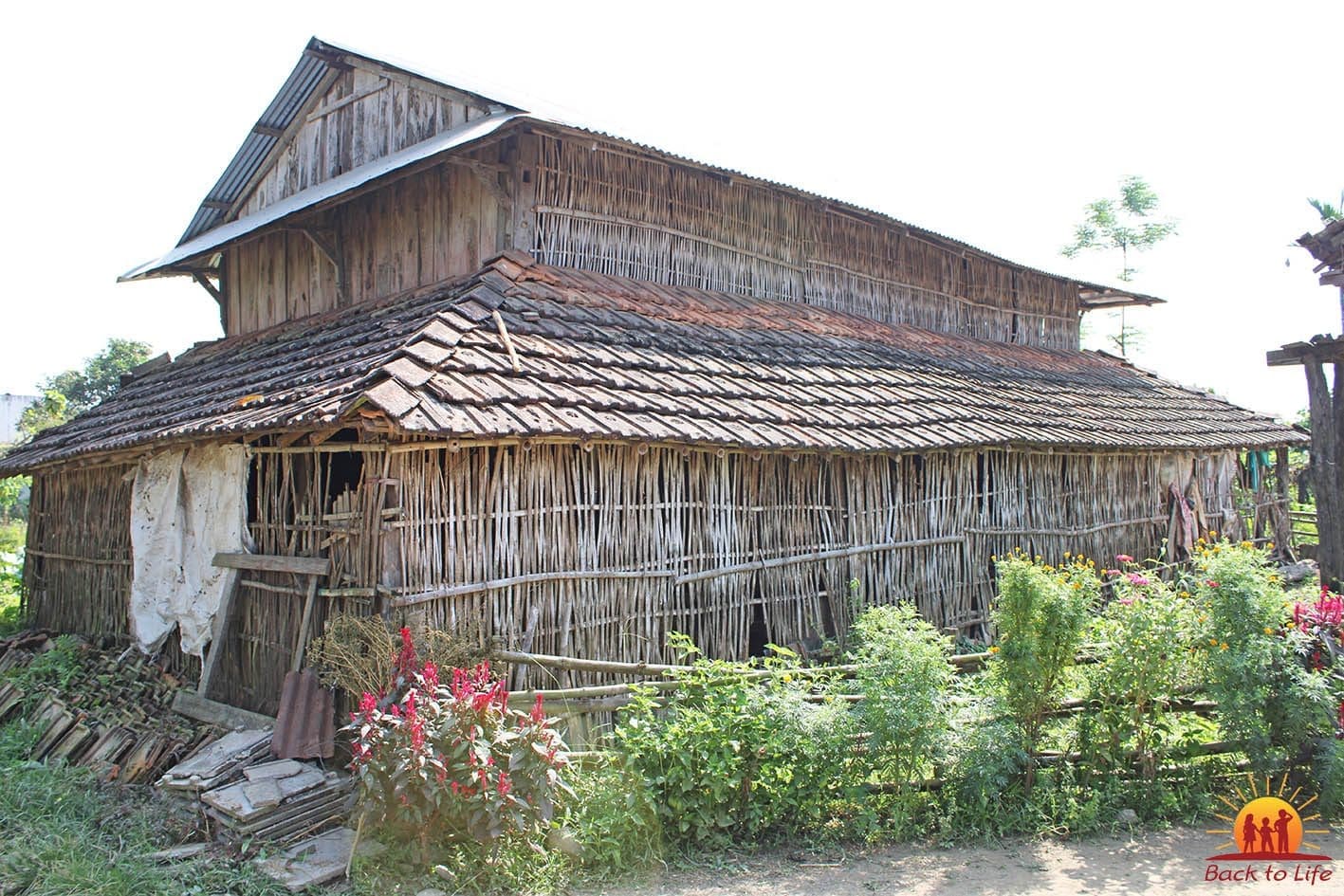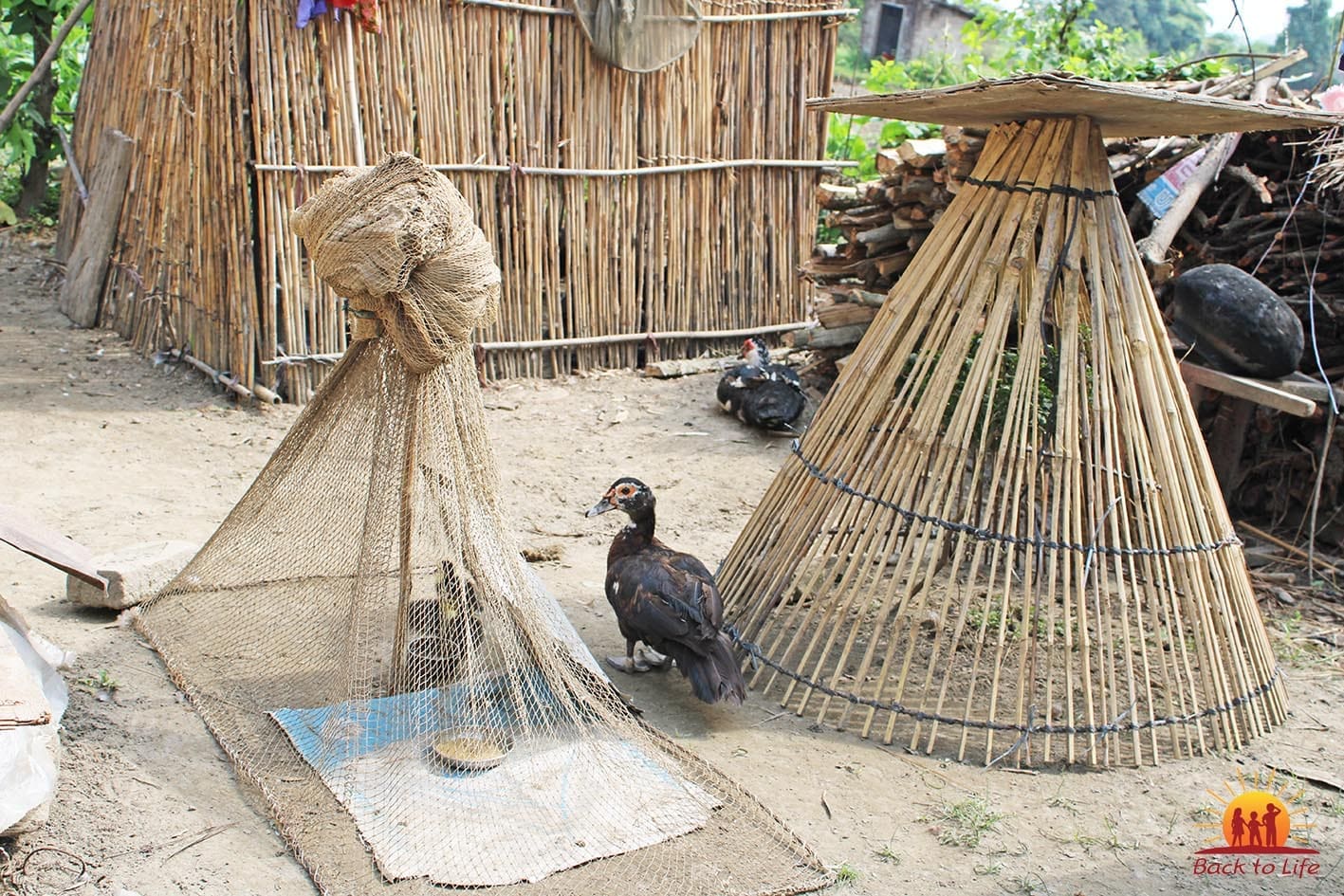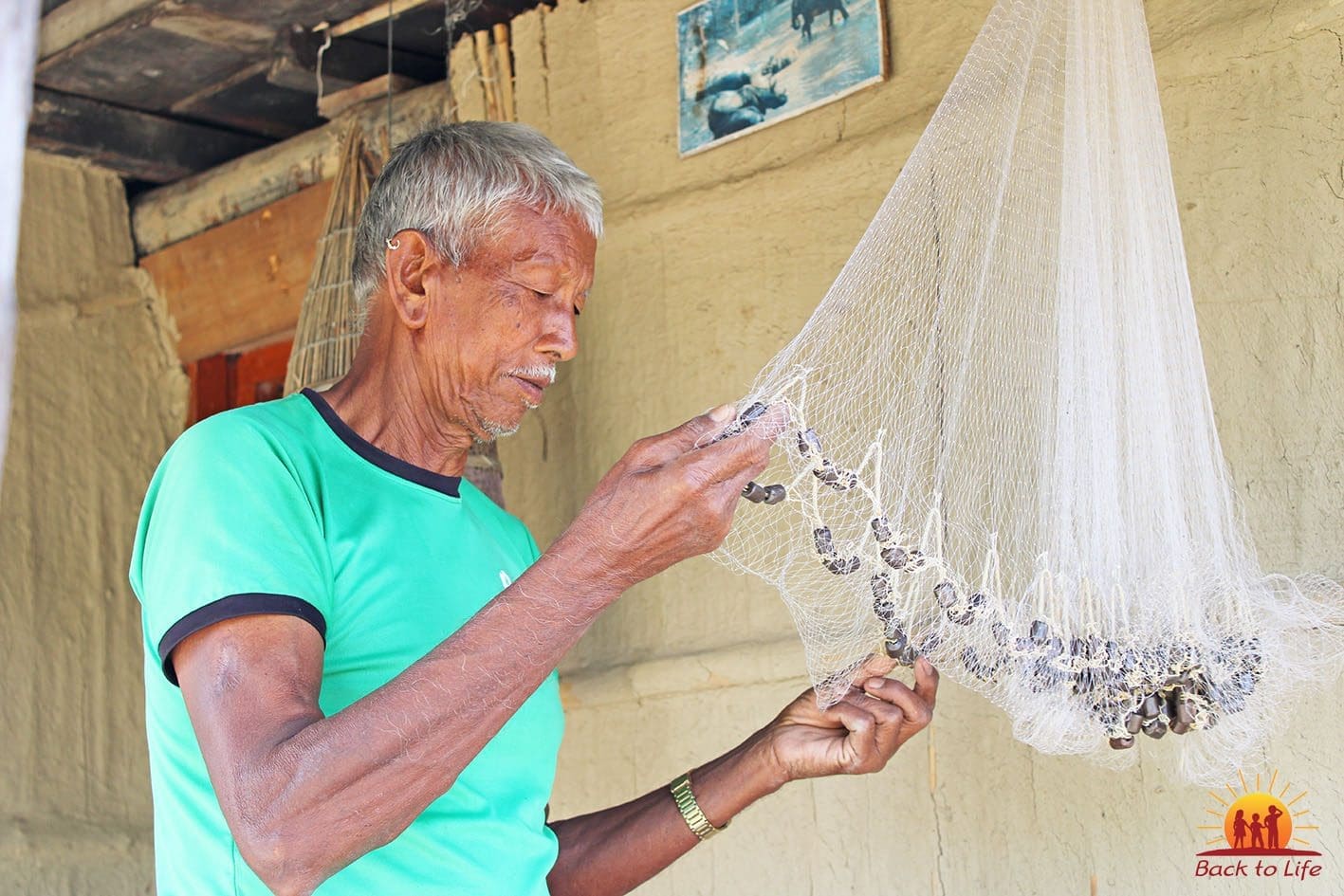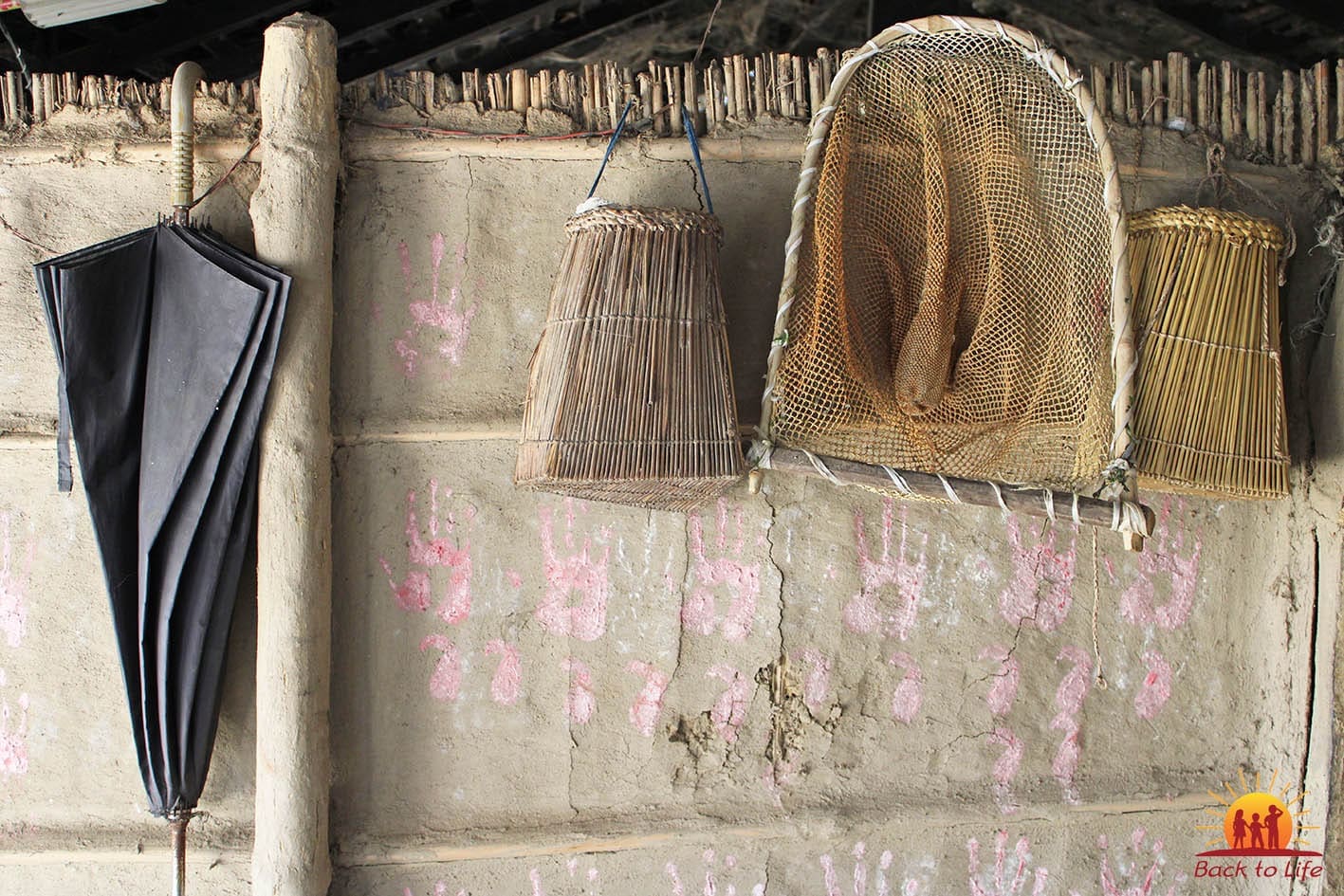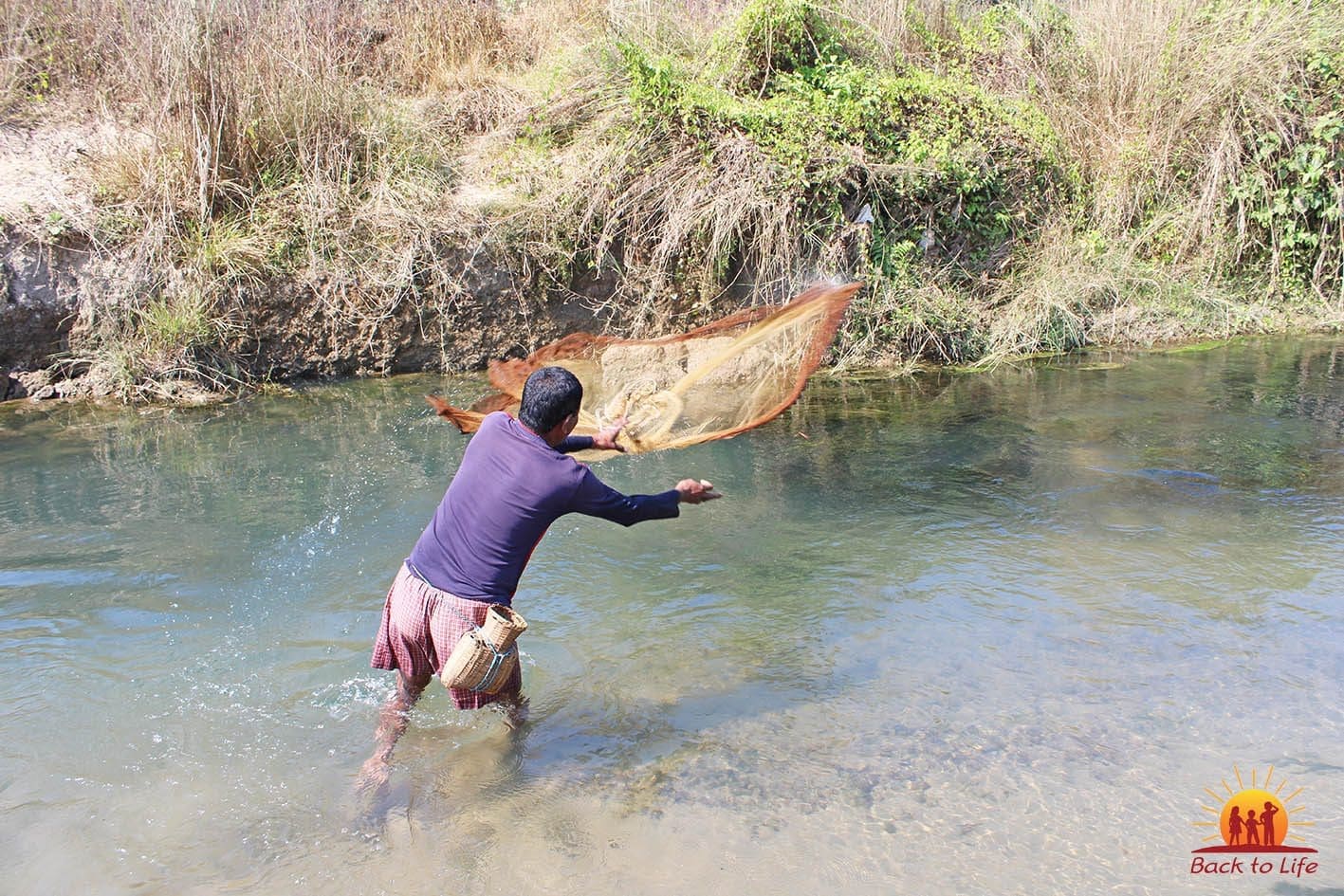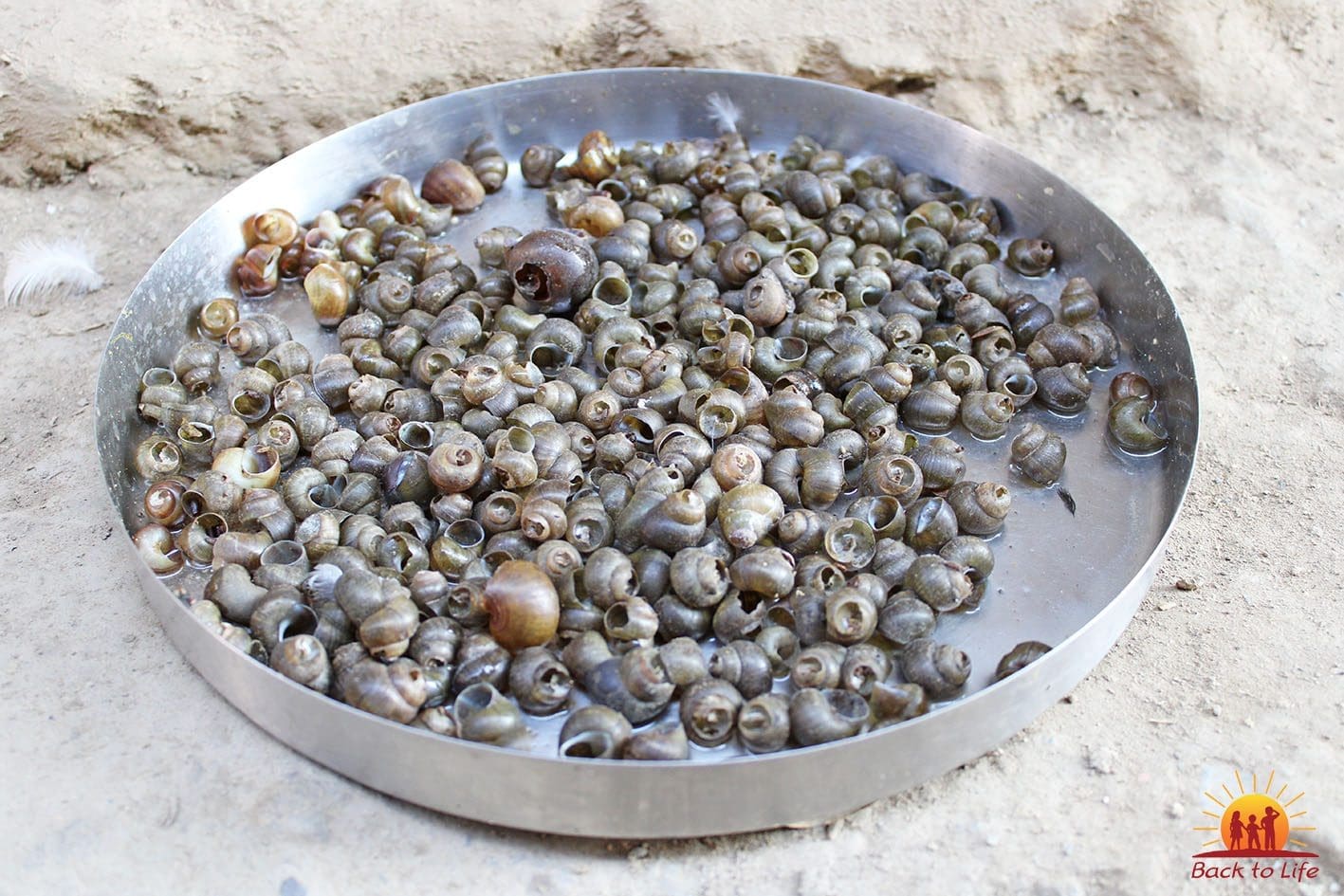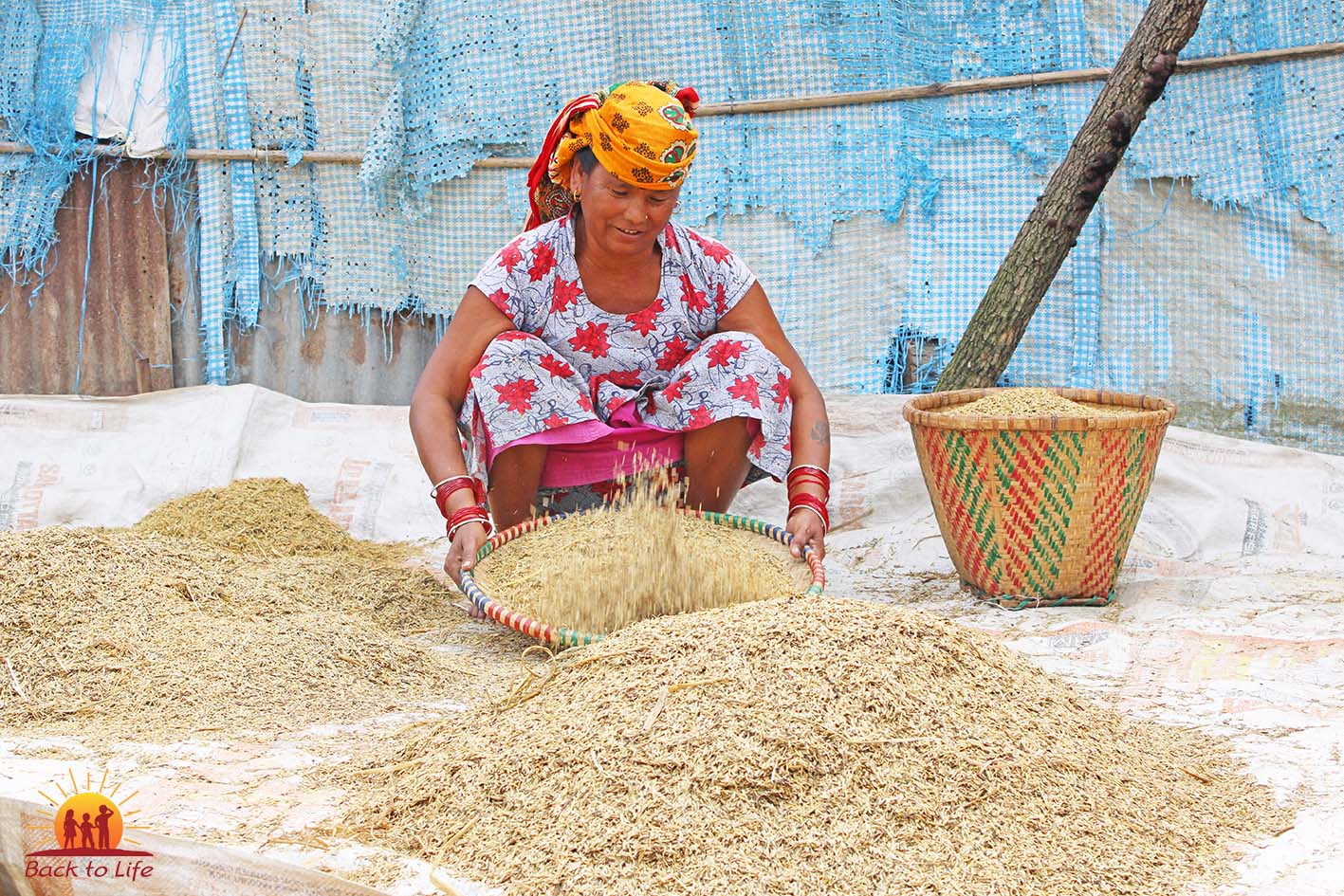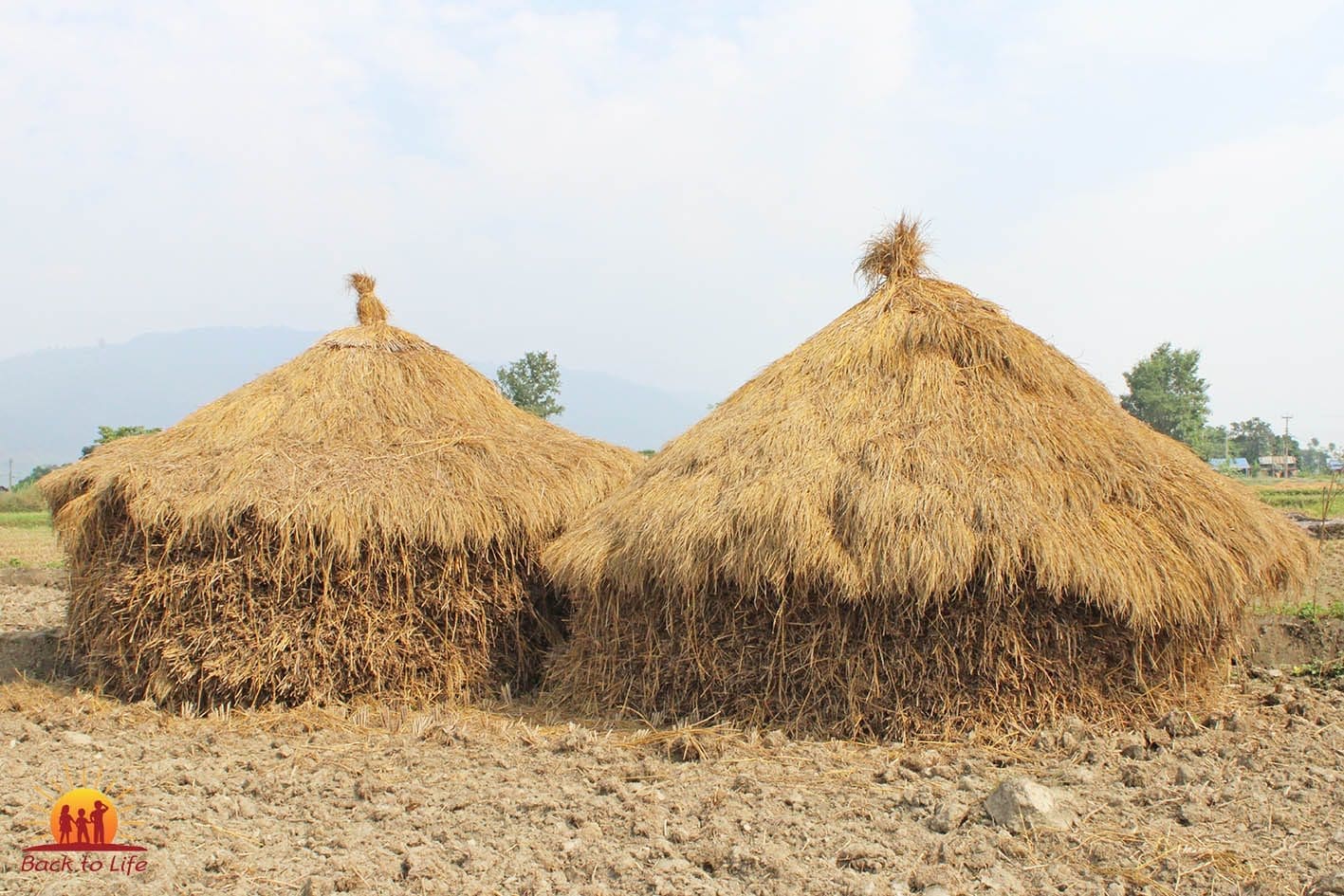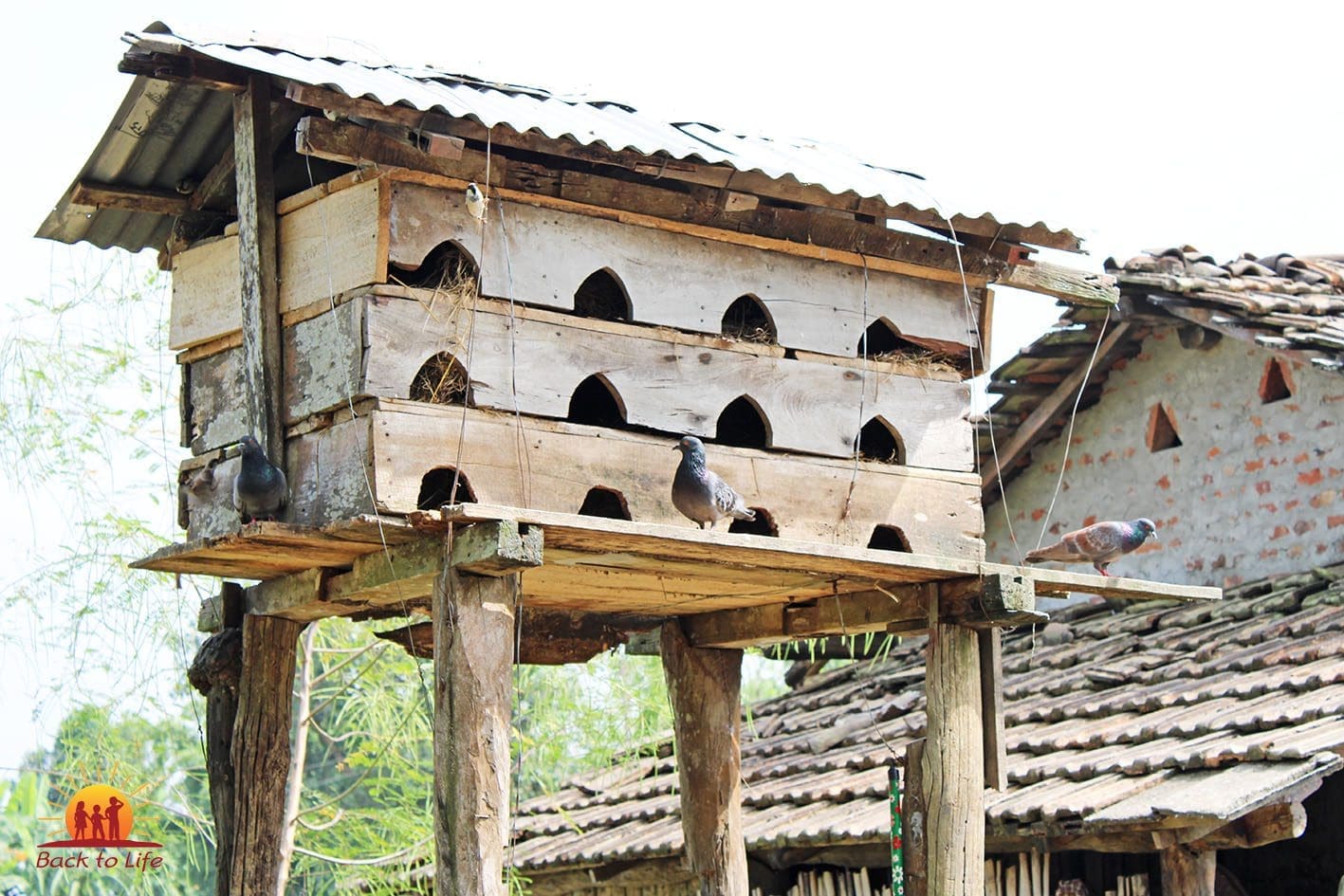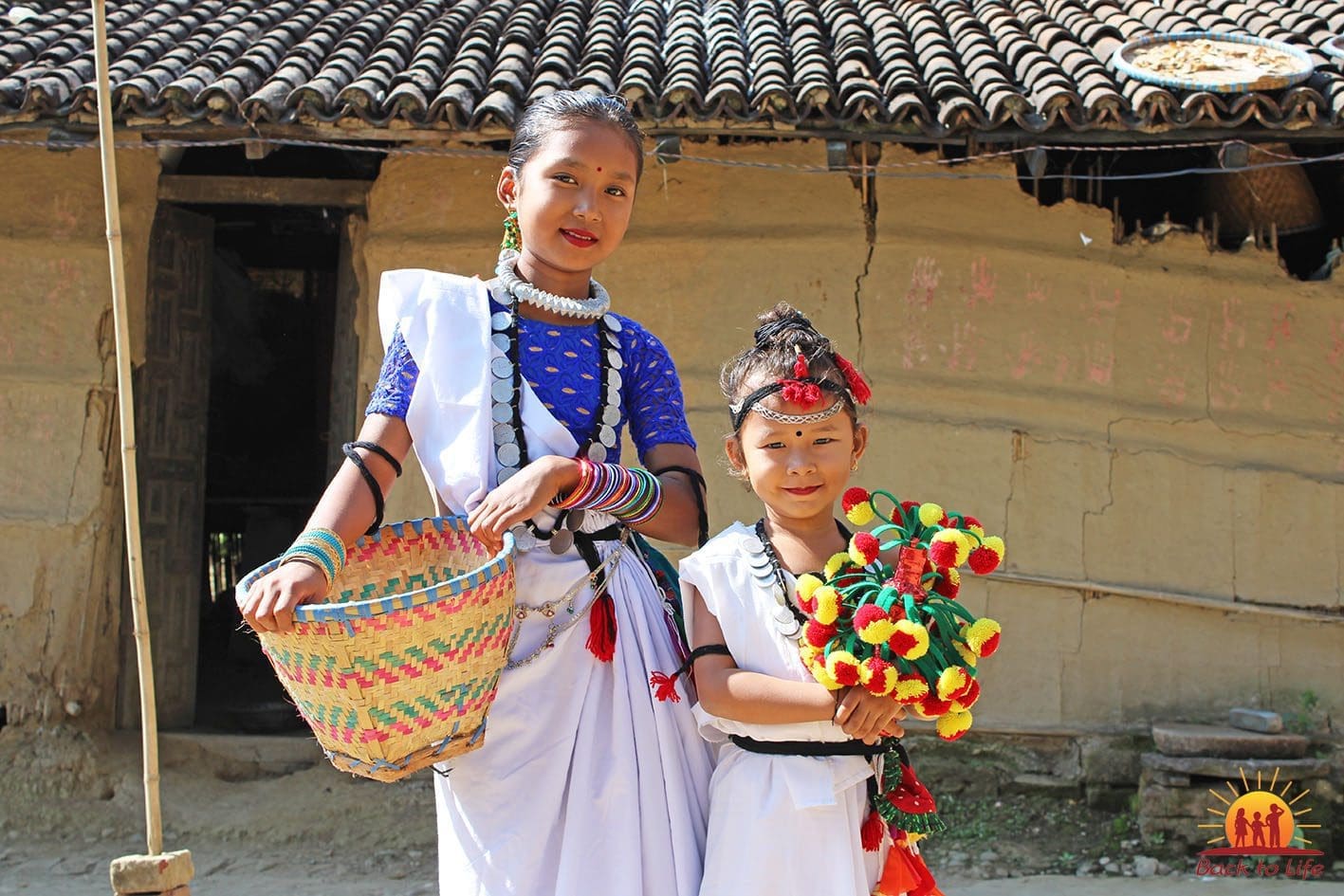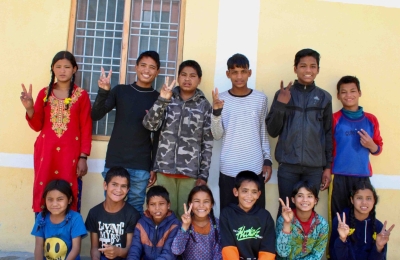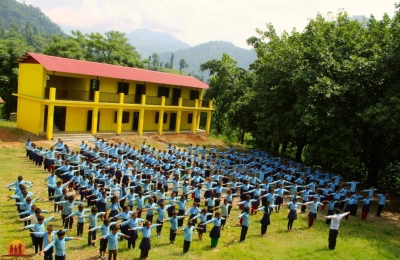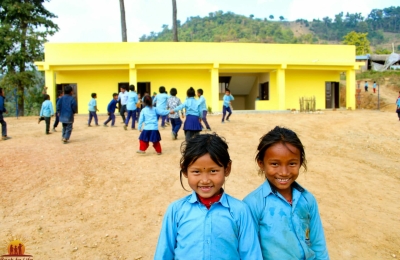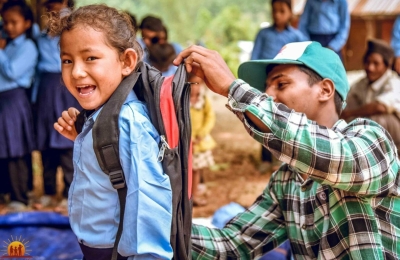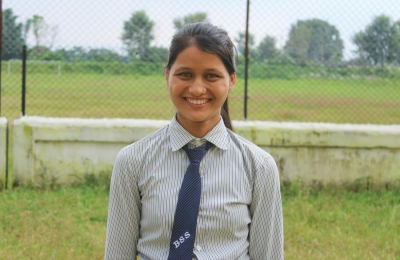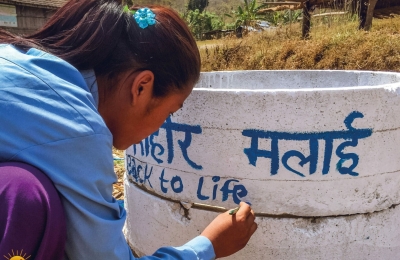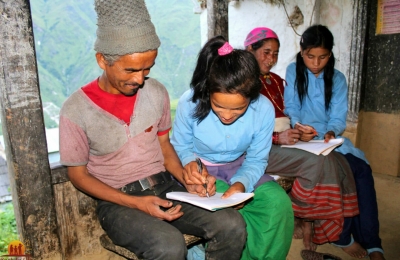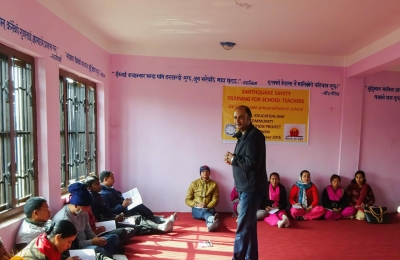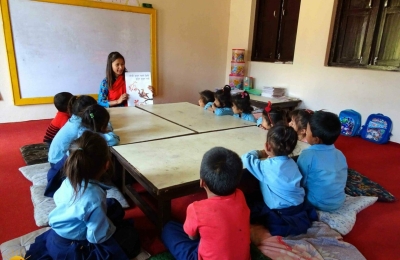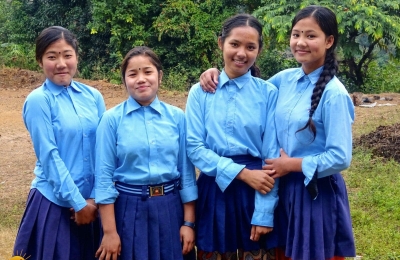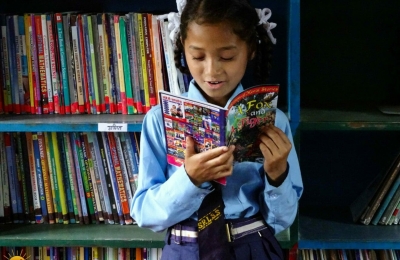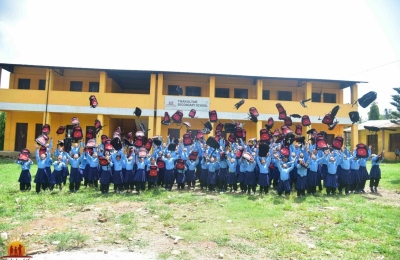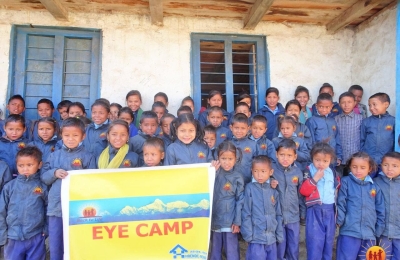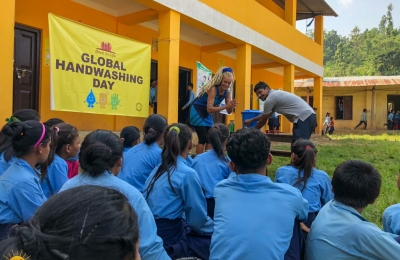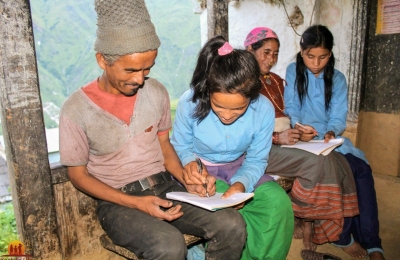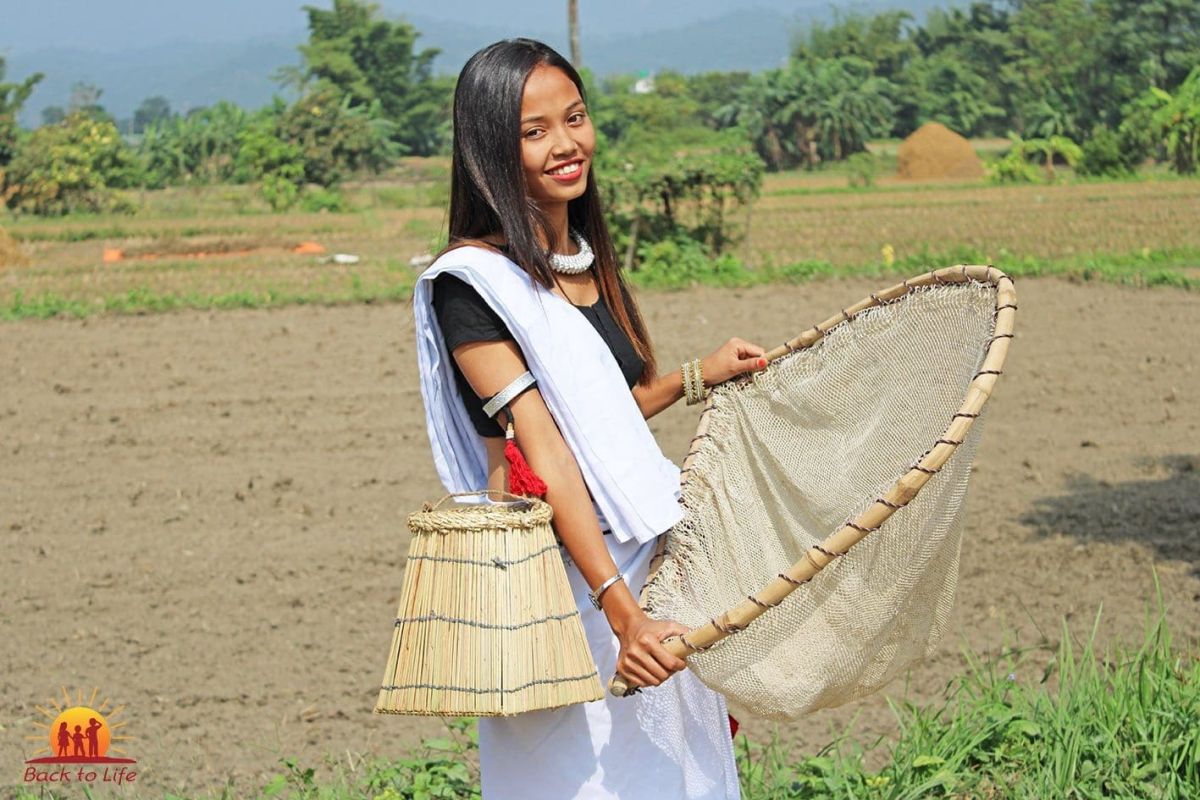
It is the first national park that was established in Nepal: Since 1973 the Chitwan National Park has been the sanctuary of 68 different mammals – including the famous Bengal tiger. The population of endangered animals rose from 25 at that time to 110 today: a unique success that proves the effectiveness of large-scale protection zones. The park was declared a UNESCO World Heritage Site in 1984.
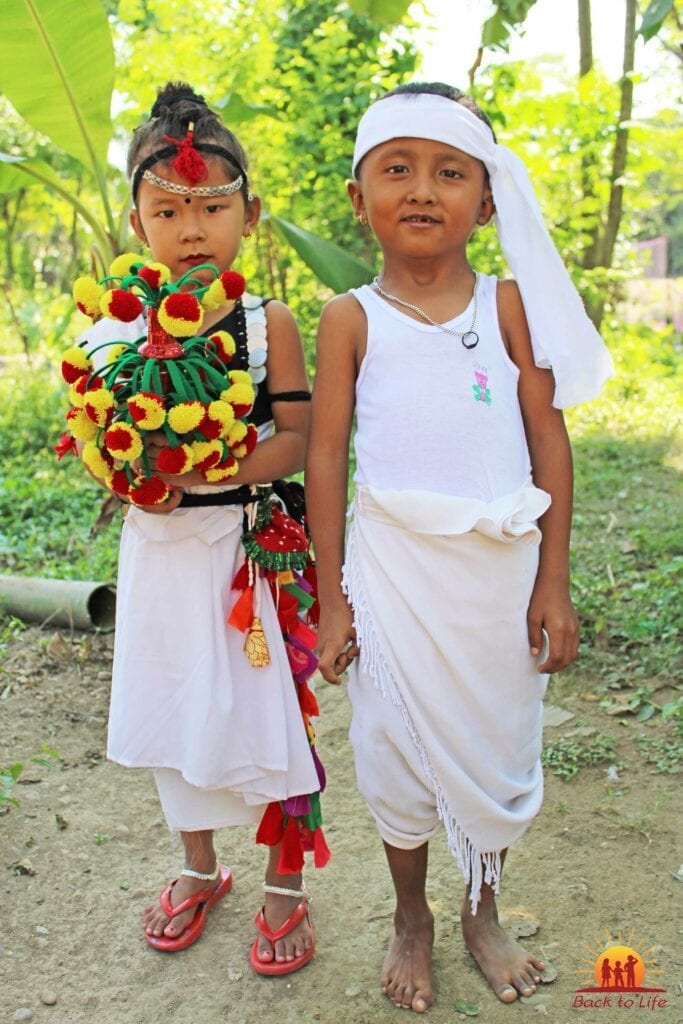
LIFE LIKE IN THE JUNGLE BOOK
But besides the unique nature of the jungle landscape and many other exotic animals such as free-roaming armored rhinos, crocodiles, monkeys and wild elephants, hundreds of thousands of people also live in the 953 km² area, which is now considered one of the biggest tourist attractions in Nepal. Above all, Back to Life supports the schooling of children from disadvantaged ethnic minorities.
The first people who managed to survive in the malaria areas of Chitwan at that time were the Tharu, also known as “people of the forest”. They are an indigenous people who still cultivate land today mainly in northern India and southern Nepal and make up around 7% of the Nepalese population. The Tharu became famous for their special resistance to the rampant malaria fever. Research has shown that the Tharu seem to be up to 7 times more resistant to this infectious disease than other ethnic groups. This observation has not yet been fully researched, but it is largely assumed that this resistance is genetic and not based on particular living and eating habits.
DRIVEN FROM THE FOREST INTO POVERTY
Because of this peculiarity, the Tharu were able to live self-sufficient in Chitwan for a long time and maintain their traditional culture. But with the use of the insecticide DDT, which was later classified as toxic, malaria was almost eradicated in Nepal in the 1950s and 1960s. More and more people of other ethnicities then pushed into the tropical Chitwan to gradually divide the fertile land among themselves. As a result, more and more Tharu lost their ancestral land. What resulted was bitter wage bondage among the new landlords. Only rarely in Chitwan, but especially in the further western plains of Nepal, was the forced labor of the children of indebted Tharu families by landowners. A so-called “Kamaiya” usually had to live under the worst conditions and even endure abuse.
What all Tharus have in common is the preservation of their own culture and identity. To this day, they maintain traditions that symbolize their extremely close connection with nature.
